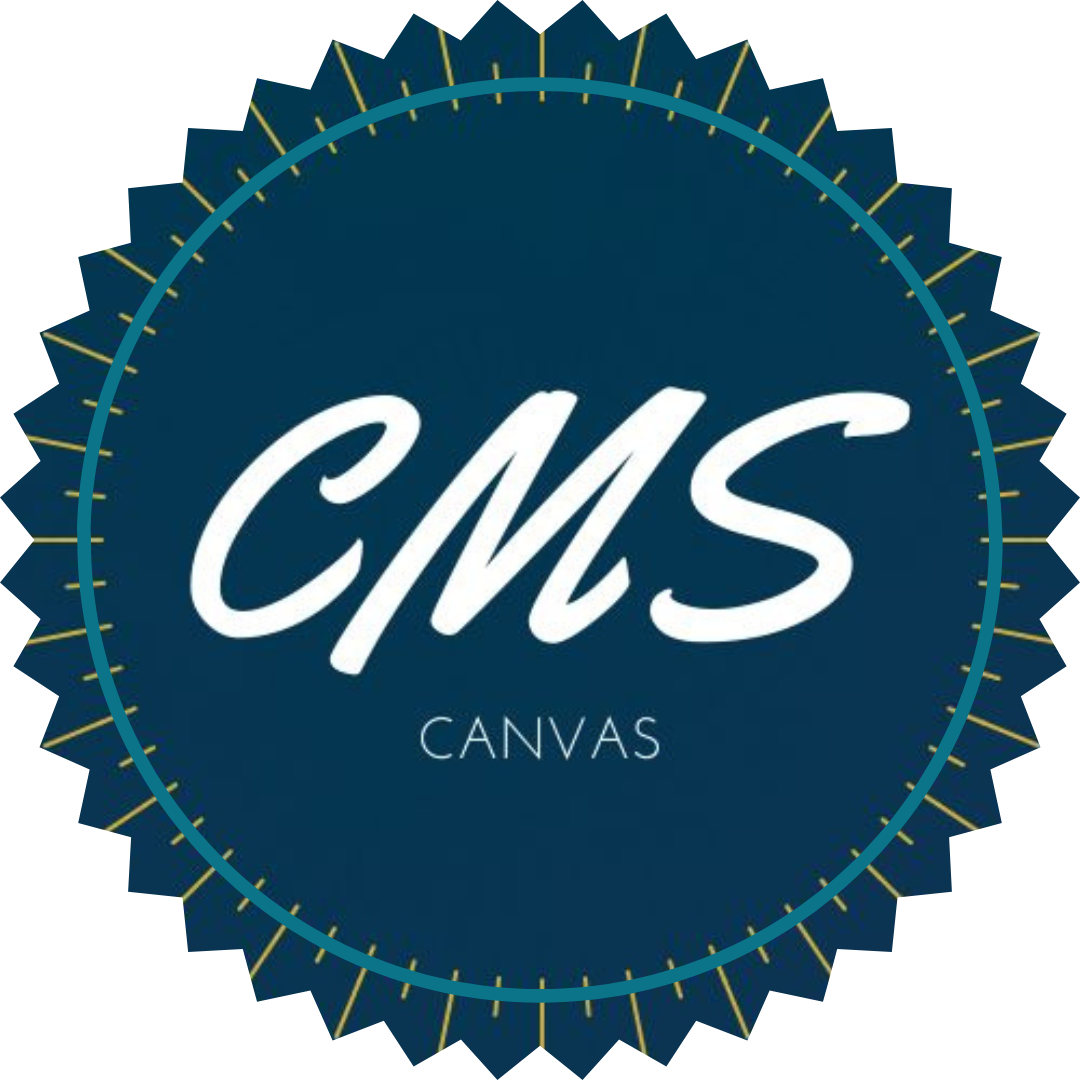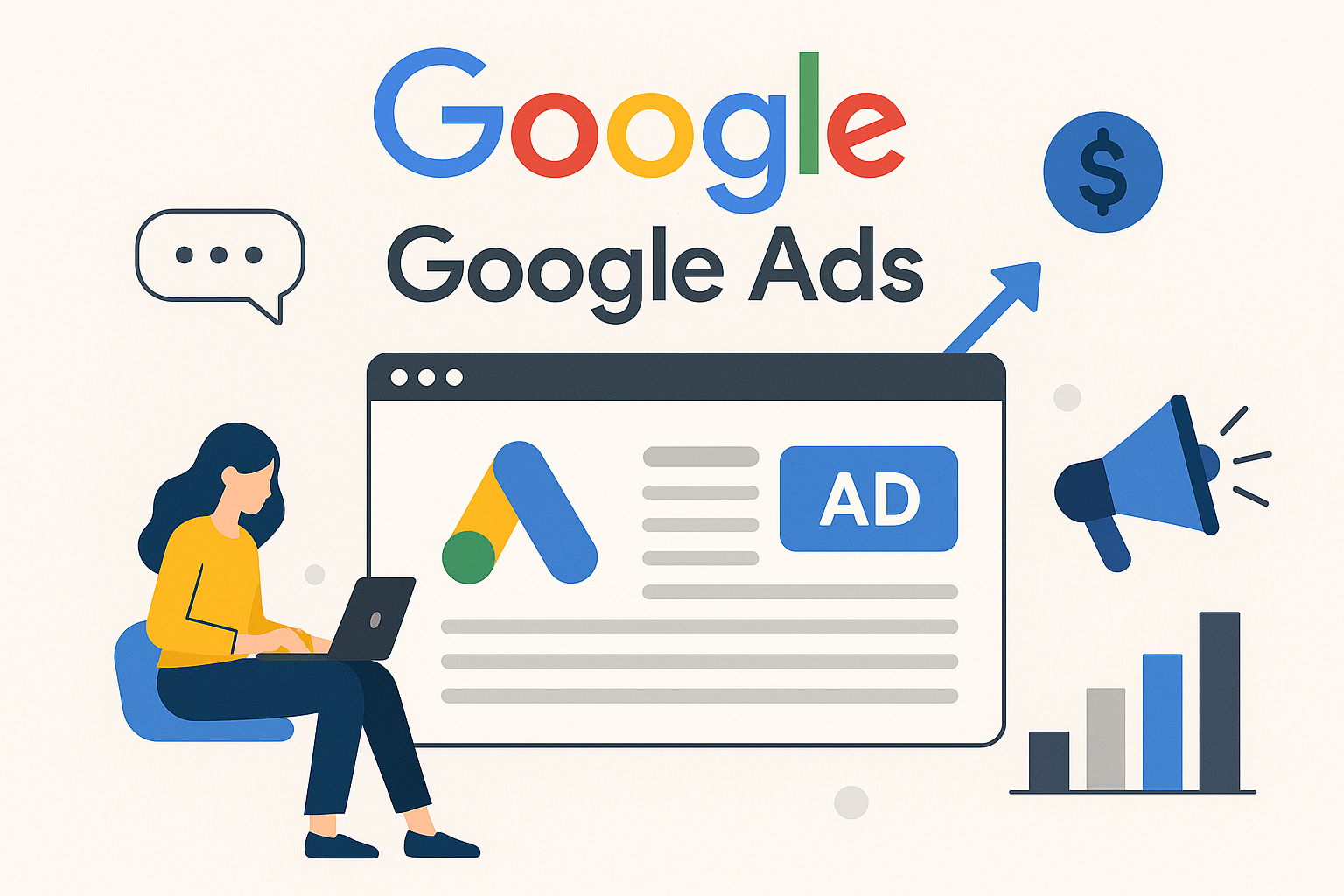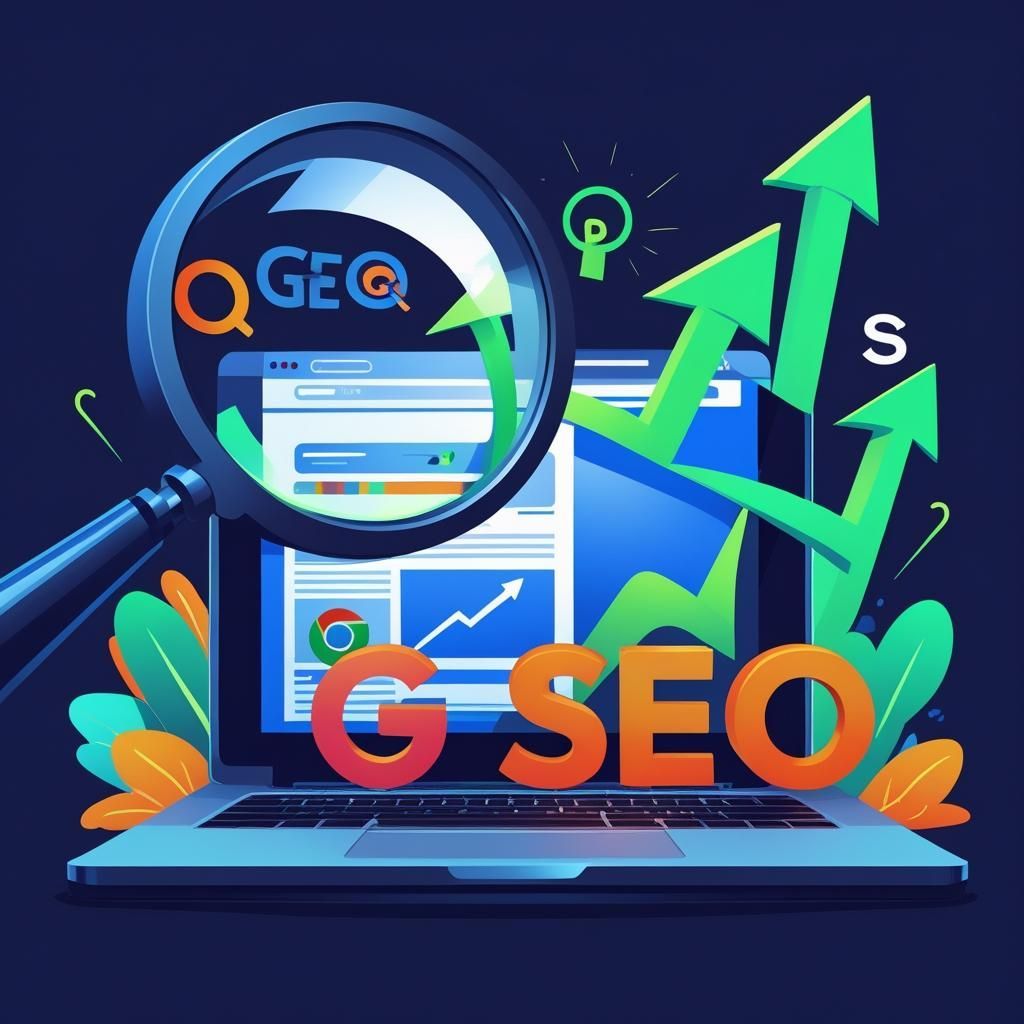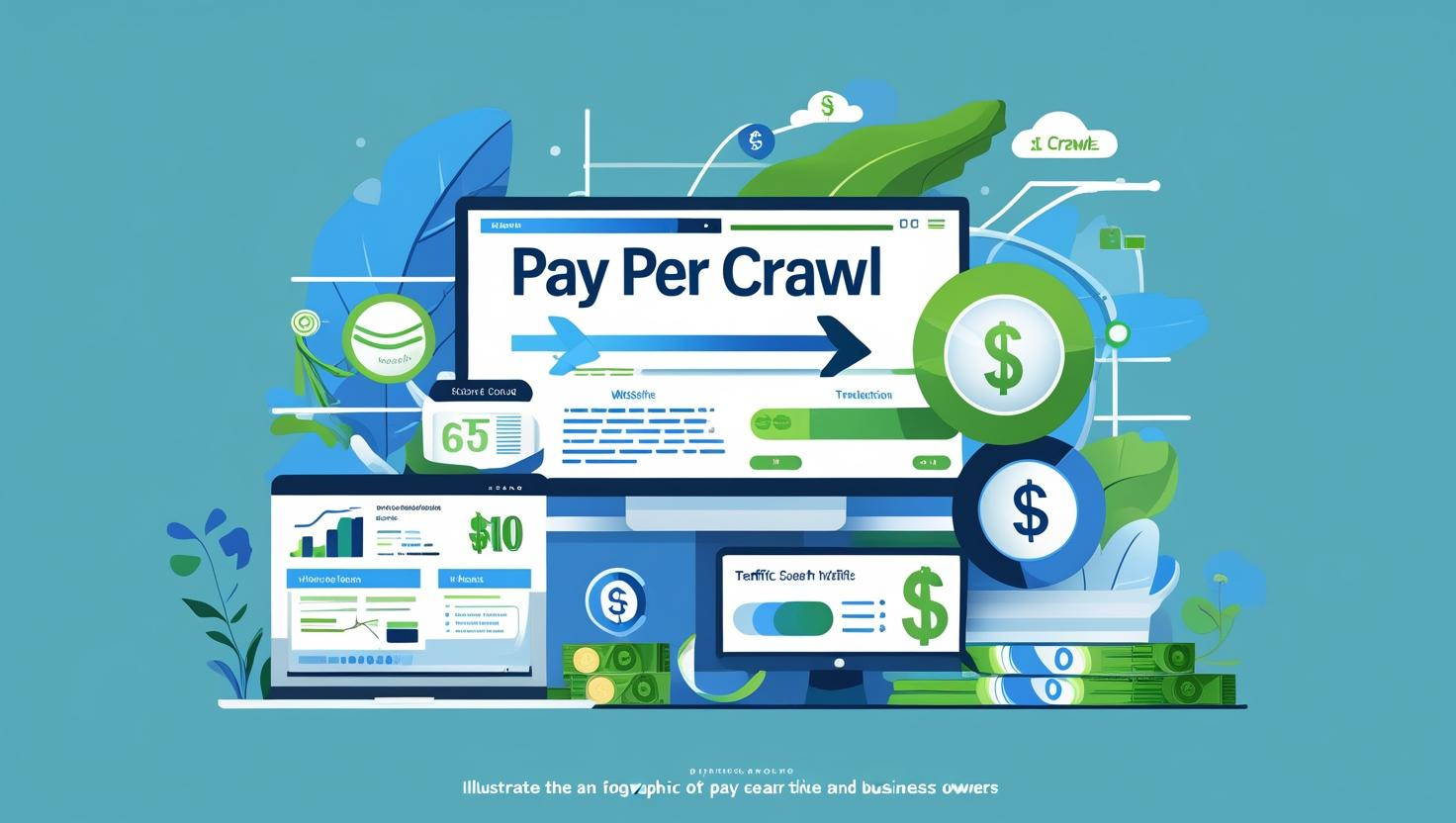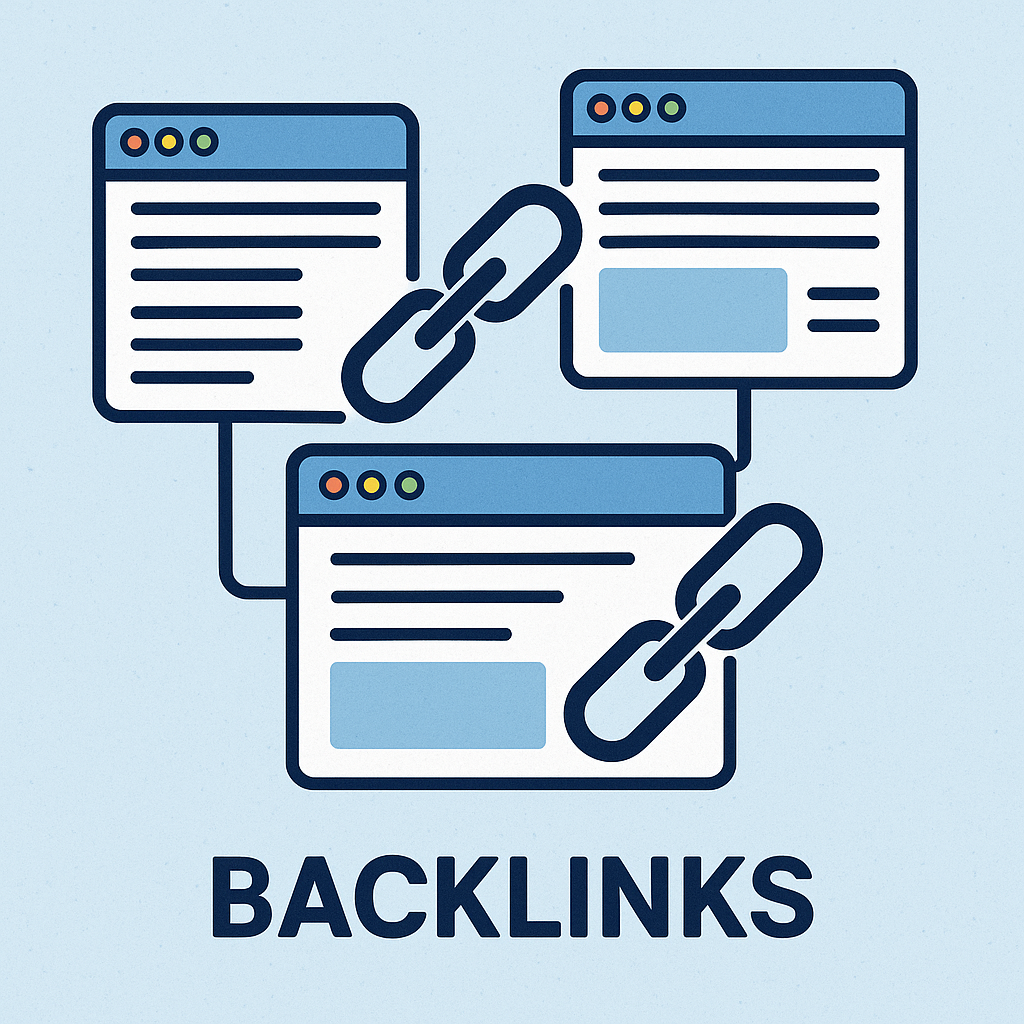Understanding Google Ads Per Click Cost: A Comprehensive Guide
Introduction to Google Ads Per Click Cost
In today's hyper-connected digital marketplace, every interaction counts. The moment a potential customer clicks on your ad can be the beginning of a relationship that leads to sales and loyalty. Google Ads, an essential tool in the digital marketing toolkit, empowers businesses to connect with their audience in a targeted and cost-effective manner. However, the cost associated with each click, known as cost-per-click (CPC), can vary significantly. This variance impacts the overall effectiveness and profitability of marketing campaigns. This comprehensive guide aims to untangle the complexities of Google Ads CPC, offering insights and strategies designed to maximise return on investment (ROI) and drive business growth.
The Anatomy of Google Ads CPC
At its core, Google Ads CPC is a dynamic cost model where advertisers pay for each click on their ads, akin to employing a digital salesperson who works tirelessly, 24/7, to promote your products or services. This cost is determined through a sophisticated bidding process that pits businesses against each other for premium ad placements. The higher your bid, the greater the likelihood of your ad appearing in a prime position on Google search results.
Keywords and Bidding
Keywords serve as the foundation of any Google Ads campaign. They dictate when and where your ads will surface in search results, making strategic keyword selection critical to controlling CPC. For instance, consider a company offering digital marketing services. Bidding on popular terms like "SEO services" might attract a hefty price due to intense competition. Conversely, identifying niche keywords such as "SEO services for financial advisors" could present cost-effective opportunities with less competition and more targeted reach. Such strategic insights allow businesses to pivot from high-cost, high-volume keywords to those that promise engagement without exorbitant expense.
Quality Score
Google’s Quality Score is a metric that reflects the quality and relevance of your ads, keywords, and landing pages. It considers factors such as expected click-through rate (CTR), ad relevance, and landing page experience. A higher Quality Score can lead to reduced CPCs, as Google favours ads that are more likely to satisfy user intent. For example, an online retailer might improve their Quality Score by ensuring their ad copy closely matches the search queries and leads to a well-structured landing page that meets user expectations. The Quality Score is not merely a static reflection of ad performance but an evolving metric that can be actively managed and improved upon.
Factors Influencing CPC
Several factors play a crucial role in determining the CPC of Google Ads. Understanding these elements can empower businesses to make informed, strategic decisions.
Industry Competition
The level of competition within an industry significantly influences CPC. For instance, in high-demand sectors such as legal services or insurance, businesses often face steep competition for top ad placements. In the legal field, terms like "personal injury lawyer" can cost upwards of £100 per click in metropolitan areas due to the lucrative nature of the leads generated. Recognising the competitive landscape of your industry is vital for setting realistic CPC expectations and budget allocations. An awareness of industry trends and competitor behaviours can inform more strategic bidding and positioning decisions.
Geographic Location
The geographic location of your target audience can also affect CPC. Urban centres with dense populations and high demand for certain services typically experience higher CPCs. For example, a florist in central London might pay more per click than one in a rural village due to higher market saturation and consumer reach. Understanding regional demand and adjusting geographic targeting accordingly can optimise ad spend. This geographic nuance allows businesses to tailor their advertising efforts with precision, focusing on locales where they can achieve the highest impact.
Ad Position
The position of your ad on the search results page is directly correlated with its visibility and, consequently, its cost. Ads that appear at the top of the page tend to have higher CPCs but also boast increased visibility and higher CTRs. A business aiming for the first position must weigh the potential increase in traffic against the additional cost to ensure it aligns with their ROI goals. The balance between visibility and cost is a delicate dance, requiring constant evaluation and adjustment.
Device Targeting
Device targeting allows businesses to tailor their advertising strategies to specific user behaviours. For example, as mobile usage continues to surge, businesses targeting mobile users might experience different CPCs compared to desktop-focused campaigns. A company selling mobile accessories might strategically bid higher for mobile searches, capitalising on the immediate purchase intent often associated with mobile users. This strategy ensures that your ad spend is aligned with the platforms your audience predominantly uses, enhancing engagement and conversion rates.
The Hard Truth: Real-world Case Studies
The reality of digital advertising is that it requires a substantial investment, which can be daunting. Consider the case of Master Plumbers in New York City, who allocate between £20,000 and £30,000 monthly on Google Ads to maintain their competitive edge. This expenditure translates to an average CPC of £65, a necessary cost to secure a steady stream of leads in a highly saturated market. For these businesses, the cost per click is not merely an expense but an investment in maintaining market presence and securing business continuity.
Alternatively, smaller businesses often grapple with the decision to invest heavily in Google Ads, fearing the risk of not seeing immediate returns. Yet, the alternative—employing a traditional sales team to cold-call prospects—carries its own costs and inefficiencies. A well-managed Google Ads campaign can offer a streamlined, data-driven approach to lead generation, often proving more cost-effective and scalable than traditional methods. For instance, a boutique digital agency found that by refining their keyword strategy and focusing on client-specific terms, they reduced their CPC by 30% while increasing lead quality, demonstrating the power of strategic refinement in digital advertising.
Strategies to Optimise Your Google Ads Spend
Targeted Keyword Research
Investing time in comprehensive keyword research is foundational to an effective Google Ads strategy. Utilising tools like Google’s Keyword Planner can yield insights into search volumes and competition levels, enabling businesses to select keywords that align with their objectives and budget. For instance, an e-commerce business specialising in eco-friendly products might uncover niche keywords like "sustainable home goods" that resonate with their target audience and offer lower CPCs. This approach not only optimises ad spend but also ensures your message reaches the right audience at the right time.
Focus on Long-tail Keywords
Long-tail keywords, characterised by their specificity, often face less competition and command lower CPCs. These terms can attract more qualified leads who are further along in the purchasing journey. For example, a travel agency specialising in bespoke experiences might target "custom safaris in Kenya," capturing a niche market segment with high conversion potential at a reduced cost. By honing in on these specific phrases, businesses can tailor their content and offerings to meet the precise needs of their audience, enhancing engagement and conversion.
Negative Keywords
Implementing negative keywords is a strategic move to exclude irrelevant search terms that could trigger your ads. This refinement helps conserve budget by ensuring your ads only appear in relevant searches. A luxury car dealership, for instance, might use "cheap" as a negative keyword to avoid attracting budget-conscious consumers who are unlikely to convert. This strategic exclusion ensures that your advertising efforts are as focused and efficient as possible, maximising the effectiveness of your spend.
Ad Scheduling
Understanding when your target audience is most active can inform ad scheduling strategies, ensuring your budget is optimally allocated. For example, a restaurant might find that its ads perform better during lunch hours and dinner time, leading them to focus their ad spend during these peak periods to drive foot traffic. By aligning ad schedules with user behaviour patterns, businesses can enhance the impact of their advertising efforts, ensuring they engage with their audience when they are most receptive.
A/B Testing
A/B testing different ad variations can yield valuable insights into what resonates with your audience. By experimenting with different headlines, descriptions, and calls to action, businesses can improve their Quality Score and reduce CPC over time. For instance, an online retailer might test variations of ad copy highlighting different unique selling propositions, such as free shipping or exclusive discounts, to determine which drives the highest engagement. This testing process allows businesses to iteratively refine their messaging, ensuring it aligns with audience preferences and drives optimal results.
Crafting Compelling Landing Pages
A well-crafted landing page is critical to converting clicks into customers. It serves as a pivotal touchpoint in the sales funnel, ensuring the user’s journey from ad to conversion is seamless and persuasive.
Clear Call-to-Action (CTA)
A compelling CTA is the linchpin of an effective landing page. It should be clear, direct, and aligned with the ad’s messaging. For instance, a software company offering a free trial might use a CTA like "Start Your Free Trial Today," guiding users towards immediate engagement. The CTA acts as a catalyst, propelling users from consideration to action, and is the culmination of the page's messaging strategy.
User Experience (UX)
An intuitive user experience, characterised by fast loading times and easy navigation, can significantly enhance the effectiveness of a landing page. Businesses must ensure their landing pages are mobile-responsive and optimised for various devices to accommodate the diverse ways users access content. A seamless UX is not just about aesthetics; it’s about ensuring that every interaction is logical and intuitive, removing barriers to conversion and enhancing overall user satisfaction.
Relevant Content
The content on your landing page should deliver on the promise made in the ad. Consistency between ad copy and landing page content builds trust and encourages conversions. A financial consulting firm, for instance, should ensure that the benefits highlighted in their ad are prominently featured and elaborated upon on the landing page. This consistency reinforces the value proposition and helps establish credibility, encouraging users to take the desired action.
The Role of Conversion Tracking
Conversion tracking is a pivotal feature within Google Ads that enables businesses to measure the success of their campaigns by tracking user actions. This data-driven approach is essential for refining strategies and maximising ROI.
Setting Up Conversion Tracking
To implement conversion tracking, businesses should integrate Google Ads with Google Analytics. This integration allows for the tracking of specific actions, such as form submissions, purchases, or phone calls, providing a comprehensive view of campaign performance. By setting up conversion tracking, businesses can gain insights into which campaigns are driving the most valuable actions and adjust their strategies accordingly.
Analysing Conversion Data
Regular analysis of conversion data can uncover trends and opportunities for improvement. By understanding which ads and keywords drive the most valuable customer actions, businesses can refine their strategies to reduce CPC and enhance overall campaign effectiveness. A retail business might discover, for example, that a particular ad variation consistently delivers higher conversion rates, prompting them to allocate more budget towards that successful approach. This iterative process of data analysis and strategy refinement is key to achieving long-term success in digital advertising.
Common Pitfalls and How to Avoid Them
Poorly Structured Campaigns
Disorganised campaigns can lead to inefficiencies and wasted spend. A logical campaign structure, aligned with business objectives, is crucial. For instance, an online retailer might structure their campaigns by product category, ensuring that each ad group is tightly focused and relevant. This structured approach not only enhances the relevance of the ads but also simplifies the management and optimisation process.
Ignoring Mobile Users
With the rise of mobile searches, neglecting mobile optimisation can result in missed opportunities. Ensuring that ads and landing pages are mobile-friendly is essential for capturing this growing segment of the market. An app developer, for example, should prioritise mobile optimisation to ensure a seamless user experience from ad click to app download. By embracing mobile-first strategies, businesses can tap into the increasing number of consumers who are engaging with content on their mobile devices.
Failing to Monitor Performance
Regular performance monitoring is essential to maintaining campaign effectiveness. Businesses should continually assess key metrics, such as CTR and conversion rates, to identify areas for improvement. A B2B service provider might set up weekly performance reviews to ensure that their campaigns are aligned with sales goals and budget constraints. This ongoing process of evaluation and adjustment ensures that campaigns remain relevant and effective in an ever-changing digital landscape.
Actionable Checklists for Effective Google Ads Management
Pre-Campaign Checklist
- Define clear objectives that align with business goals.
- Conduct thorough keyword research to identify target terms.
- Set up conversion tracking to measure campaign success.
Ongoing Management Checklist
- Monitor and adjust bids regularly to optimise budget allocation.
- Conduct A/B testing to identify the most effective ad variations.
- Analyse conversion data to refine strategies and improve ROI.
Post-Campaign Checklist
- Review overall performance metrics to evaluate success.
- Identify areas for improvement and potential optimisation.
- Document lessons learned to inform future campaigns.
FAQs
What is a good CPC for Google Ads?
A "good" CPC is subjective and varies by industry, competition, and location. Comparing your CPC to industry benchmarks can help assess its effectiveness and guide budget decisions.
How can I lower my Google Ads CPC?
Improving your Quality Score, focusing on long-tail keywords, and implementing negative keywords are effective strategies for reducing CPC.
Is Google Ads worth the investment?
When managed effectively, Google Ads can deliver a robust ROI by driving targeted traffic and generating high-quality leads. The key lies in strategic management and continuous optimisation.
Conclusion
Understanding and managing Google Ads CPC is a critical component of leveraging digital advertising for business success. By implementing strategic keyword research, optimising landing pages, and utilising conversion tracking, businesses can maximise their ad spend and drive sustainable growth. The dynamic nature of digital advertising requires a commitment to ongoing learning and adaptation, ensuring businesses remain competitive in an ever-evolving landscape. In this pursuit, knowledge is power, and every insight gained is a step closer to achieving digital marketing excellence.
Call to Action
At Canvas Marketing Solutions, we specialise in crafting bespoke Google Ads strategies tailored to your business needs. Visit our services page to discover how we can help elevate your digital advertising efforts and achieve your growth objectives. Partner with us, and let's build a legacy of success together.

